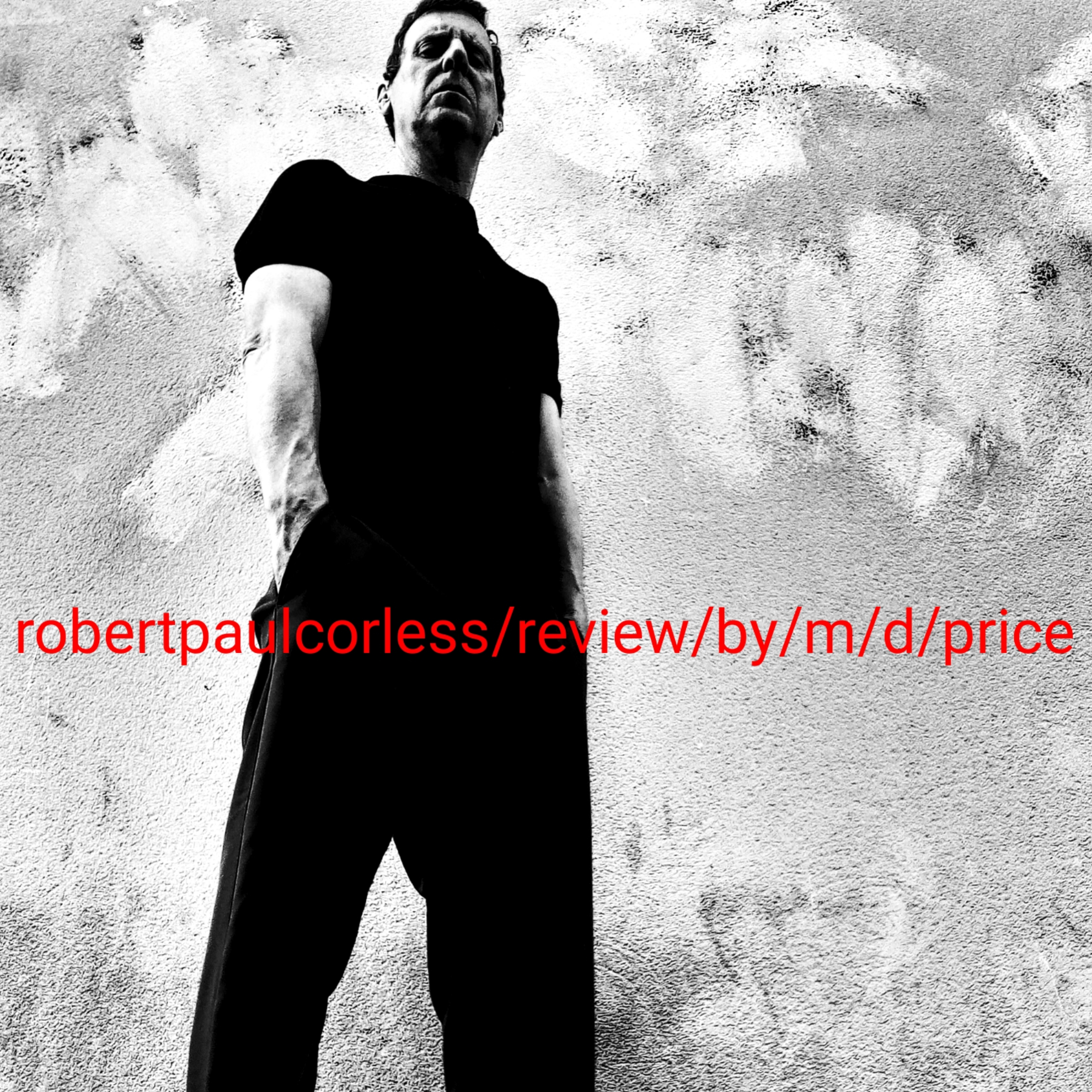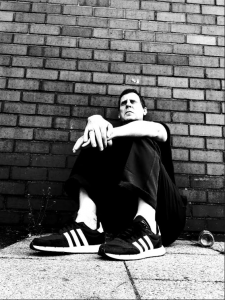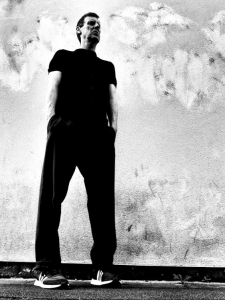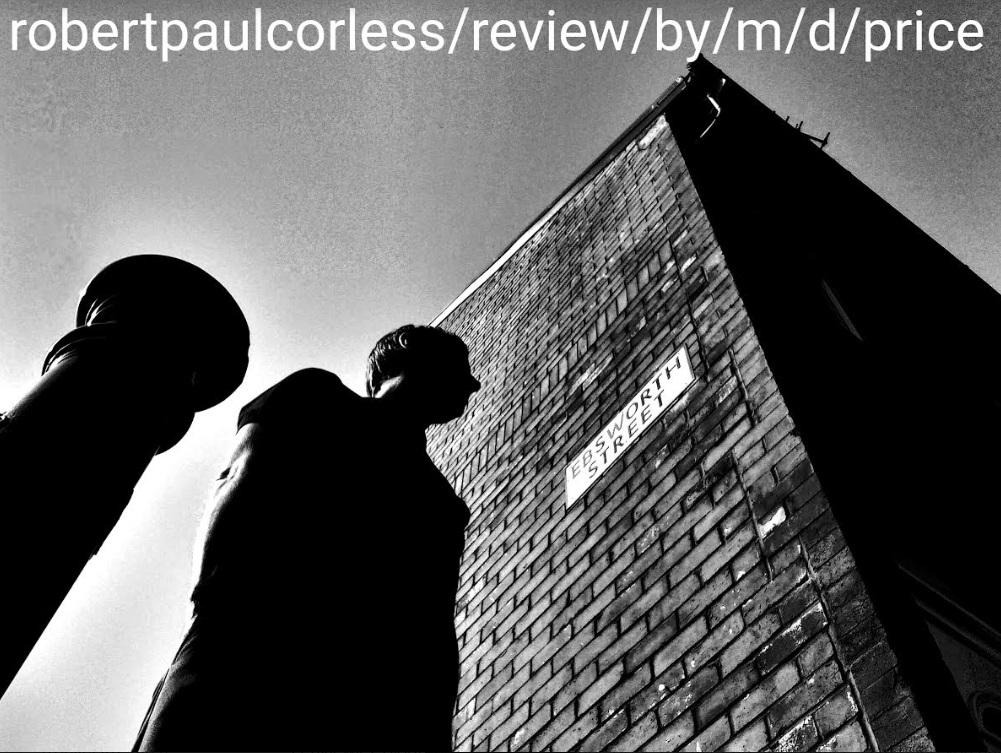
Some maniacs write letters to the police and newspapers saying ‘Stop me before I do it again’. Robert Corless is not one of them. His creative mania shows no signs of slowing down, let alone stopping. It’s not a spree. It is compulsive and relentless for sure, but it is also varied and nuanced and programmatic. The more familiar one becomes with his vast output the more he seems like a wise old general enjoying the eternal middle of a culture war he knows will never end. It’s a long-term strategy rather than the smash-and grab tactics of a repeat-offender addict. A sustainable obsession.
Corless is happy to evolve without twisting himself in knots over questions of genre or marketing niches, but the opening track ‘Vexed’ is something of a mission statement. The first thing you might notice is his use of volume as a compositional element: sonic negative spaces like the silhouettes left in your heart by an absent friend, minimal melodies gesturing towards both loss and hope. As the album progresses you notice that it is much more than the sum of its parts precisely because some of the working parts are vacancies. By turns ethereal and powerful, atmospheric and specific, the music is literally left to speak for itself without the explanatory ballast of lyrics or cover notes. It is its own manifesto, no words needed.
The only verbal clues he gives are track titles, and the word ‘clue’ is crucial. The music evokes murder-mysteries and psychologically wounded sleuths, a world of sinister hints and slim but tantalisingly real hopes of justice amid gleams of stone-cold beauty. If I had to choose one word to describe the album it would be ‘stealthy’.
Track two ‘Made for Waiting’ follows on like a stalker in an unconscious city. The expression ‘a peal of church bells’ takes on surreal associations here, as if the bells are underwater and peeling like an orange, or some huge crustaceans are shedding their metallic skins amid melting clocks and softening trombones. It is far from crowded but the sonic city Corless creates here is a dark and tangled reef, and whatever is waiting is probably an ambush predator.
‘Convoluted From Both Sides’ changes the pace, jolting into life with a sequencer which runs like a centipede over the bright curves of a luxury car dashboard. There are alternating passages of icy calm, then anticipation, then frantic seconds of teeming insectoid life.
The hybridisation of technology and organic life in many of these pieces is not evil. But nor does it wish us well. It is simply doing what it is doing, and it isn’t going to stop because of our sentiments. It isn’t going to stop – at all. Which is more or less a description of the human predicament in the 21st century.
And speaking of technology… although I don’t have gold-plated eardrums and I’m not a gear-snob I have to write that this music deserves a high quality delivery system. Bargain-bucket ASDA earbuds will not kill the album. But to properly appreciate its textures and subtleties you really need to play it through the best kit you can get your mitts on. This is not due to complexity, at least not in the sense of grand, orchestrated layering. You won’t have to pinch your lugs pointy while listening for a piccolo riff hidden shyly in a huge woodwind and brass section.
Quite the contrary: several of the pieces seem like they have been carefully whittled down to a four-track arrangement. Digital scrimshaw and sonic machines stripped for maximum functionality, somewhere in-between the skeletal simplicity of Modigliani sculptures and the AK-47, or a chromium medical brace and a well-tailored tuxedo. Zero frills, zero luxuries, zero need to show off any of the instrumental skills he has learned over half a century. No jazz or anti-jazz or noodling over augmented fourths and minor diminished ninths. This music is not about ‘mastery’… and so it leaves all the more room for mystery.

In track four ‘The Inner Call’ we take a turn towards terrain which is solid but more open, almost pastoral. The melody rolls through rich fields of filters and envelopes, with airy arpeggios rising and diving like kites. Much less relaxing is ‘Can You Unfold Your Power’ – a disturbingly organic piece with percussive elements which defy any metrics. These are coupled with delay effects and delayed delay effects. Its a drummer’s nightmare. And to complete the sense of discomfort some thing is breathing while time slows, bleeds out, re-starts and re-accelerates while the notion of tempo is tied in knots.
It is certainly noir, but it is also anti-jazz. No augmented fourths or minor demolished elevenths, no temptation towards the studiedly ‘spontaneous’ or improvisational. The atmosphere of indefinable menace continues in ‘The Moment Approaches’, with its single note piano-stabs and microtonal deviance in a mix which folds space and ripples with dark energy.
I don’t know if Corless begins his compositions by deliberately prioritizing texture and mood, or if he ever made a conscious turn towards minimalism, which isn’t precisely the right term here. It seems more of an exploration of how to maximise the impact of a limited number of elements to create a profound but oddly indeterminate set of effects. I say indeterminate because Corless makes a living space for the listener to find their own conceptual and emotional pigeon-holes for the strange new species he presents – none of which are pigeons. Unfamiliarity, unease, and a sense of semi-horrified wonder permeate these sparsely populated environments. Simple motifs with subtle, unforced variations contribute to their immersive and hypnotic quality. If you ever need a soundtrack for a disturbing semi-pornographic movie, drop an e-mail to Mr Corless.

It is not all darkness though, not by a long chalk-line: there are meditative and even serene elements to this collection. The penultimate track ‘Shadow Pictures’ is perhaps the most benign piece on the album, melodic and lush with passages of rising synth-strings gesturing towards hope.
There is beauty in the shadows alongside the dread. This is the productive paradox of the work as a whole – the pieces strategically avoid the overcomplexity of multi-multi-track layering, and the layers of emotional resonance and psychological associations are all the richer for that restraint. The effect takes its own time, but stay with it and you will be able to unwrap its cinematographic feel to discover it is an interior journey, not a spectacle. It is not introspective, at least not in the sense of putting forward some private world of the composer: more of an invite to link arms and walk with the music into your own fantasia. It can rightly be called expansive but it is expansive towards an unlimited interior, a heartland with multiple horizons rather than easy emotions you could pin down with a simple word. It is a meditative and unique journey through a world where ambient isn’t ambient, machines are not machines, and feelings are more than feelings.
The final track ‘With Form Step’ again suggests metal and water echoing in vast darkness but this iteration is more upbeat. Until you meet a tactical pause suggestive of that moment when the lift stops between floors and your imagination stretches like a frayed cable. Then it’s off again, running organically on steady rails, though you are unsure if it is taking you to the penthouse or the unlit zone beneath the sub-basement. And significantly the collection ends on a high note, but not a comforting one. The gestures towards “empty spaces” are never empty here: everything is strategically arranged in the service of depths and perspectives, and a visceral sense of new directions and distances.
Mark D. Price
